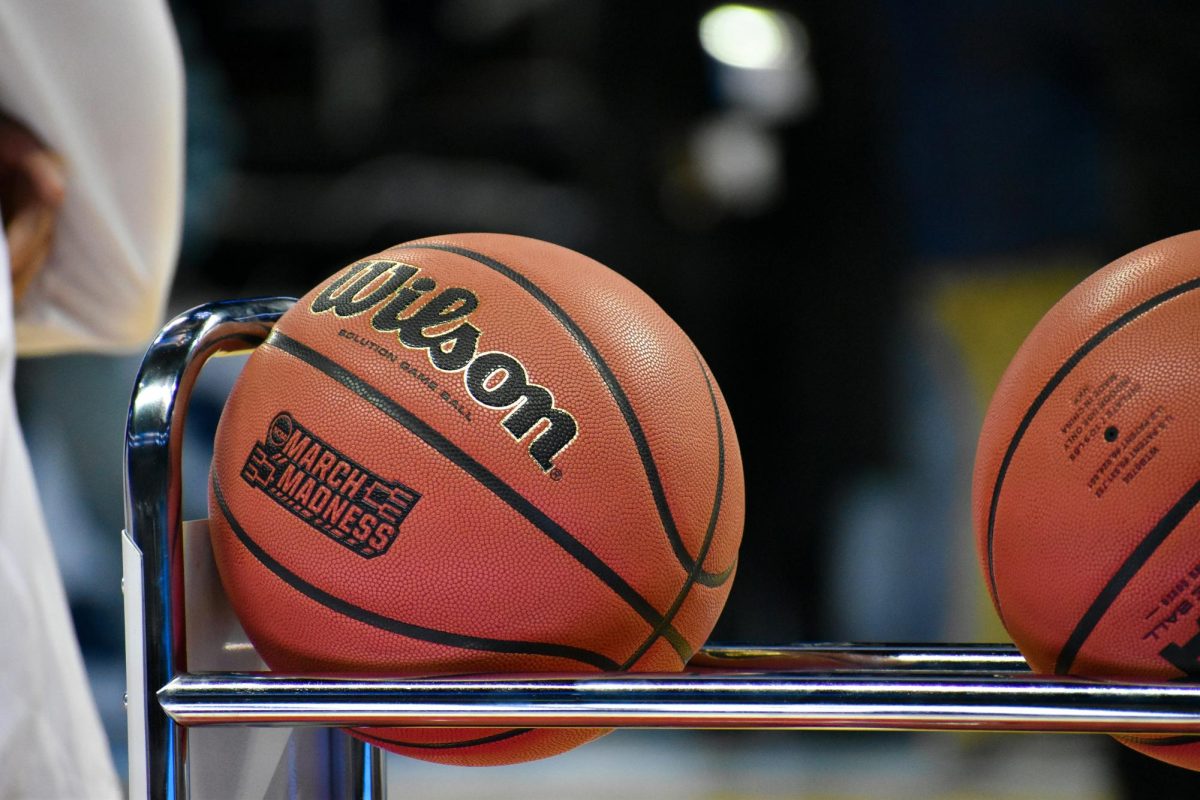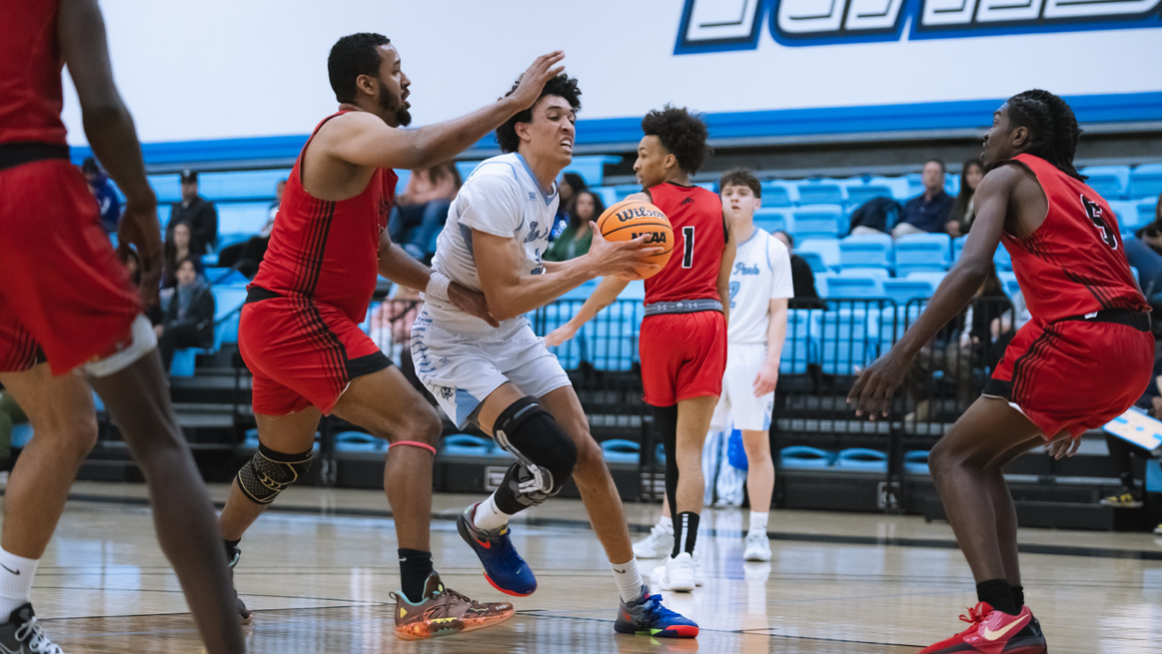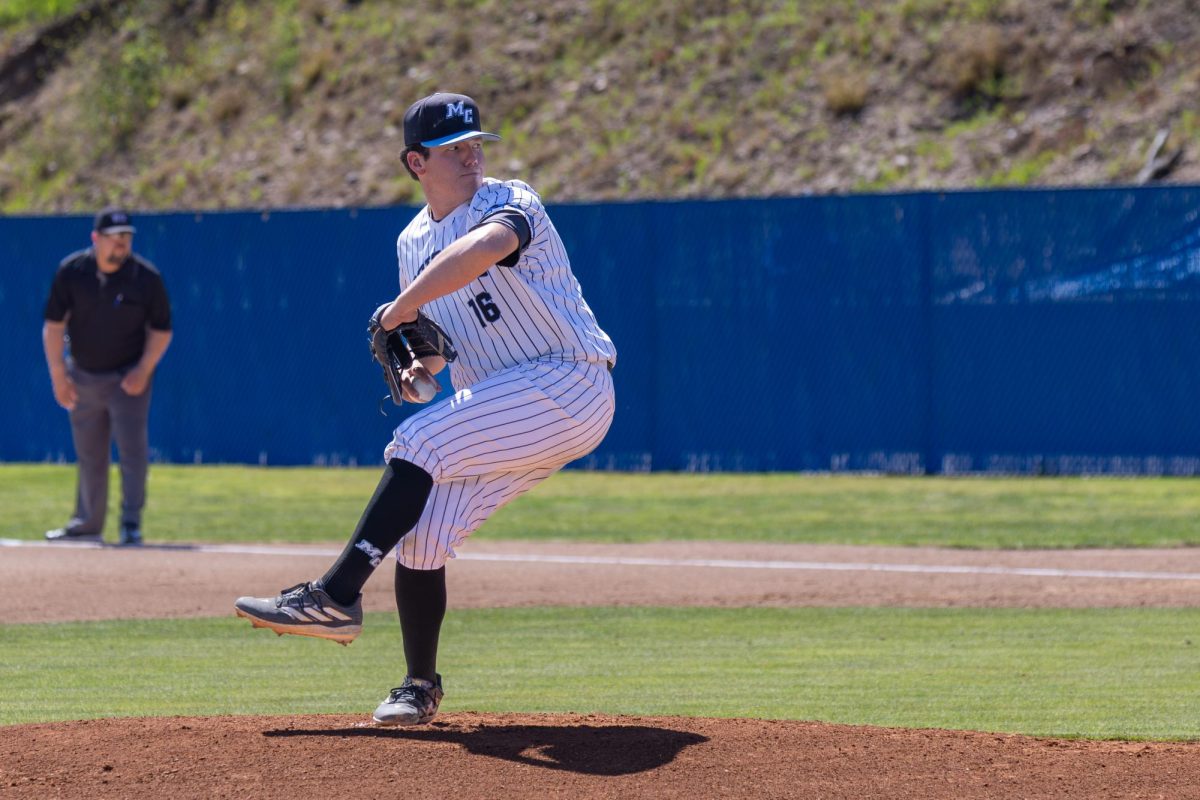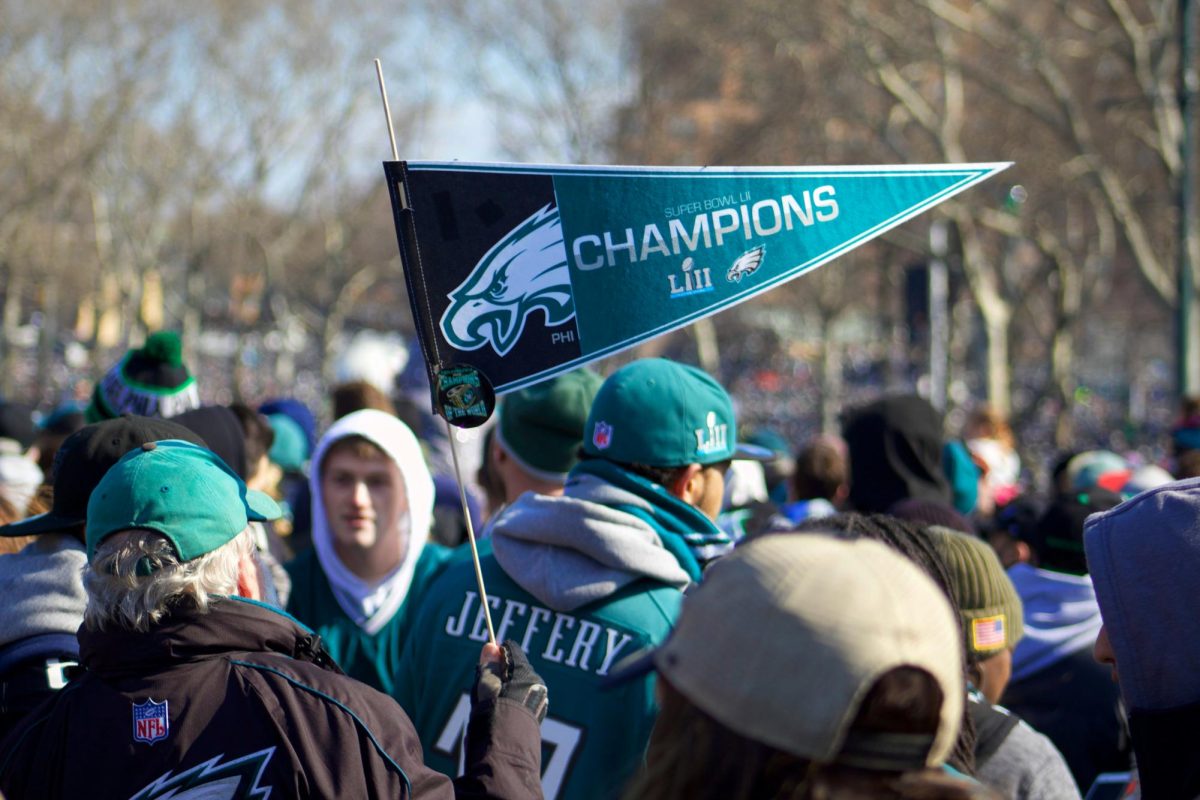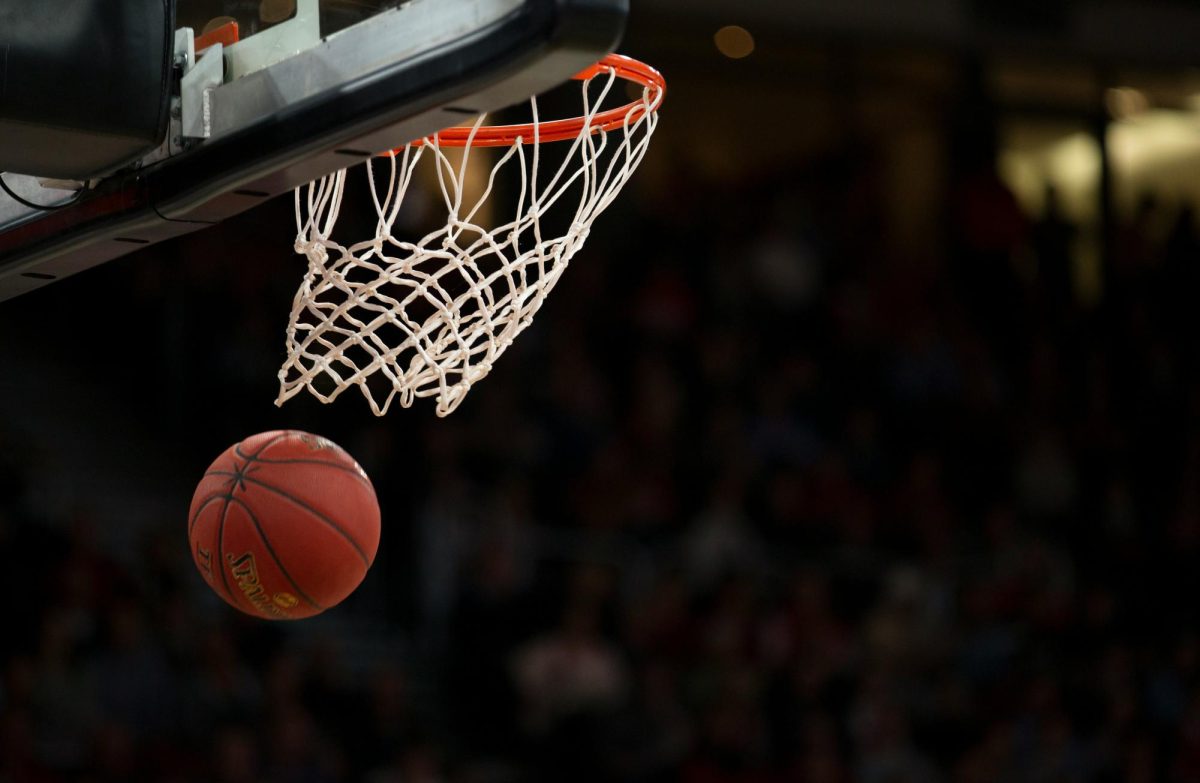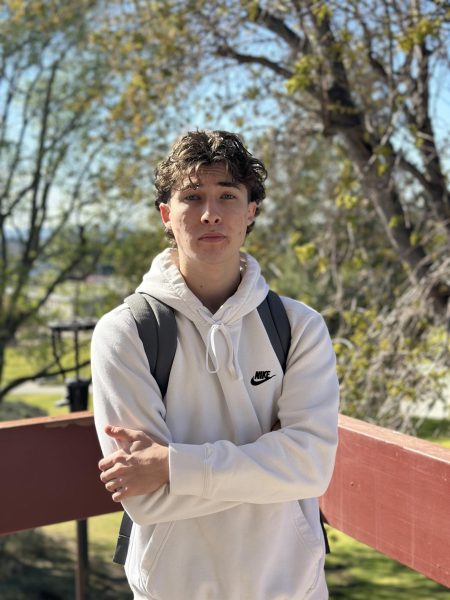When the trees turn green and flowers bloom each year, basketball fans briefly shift their attention away from the NBA for three consecutive weekends. In March, college basketball reigns supreme. Acclaimed broadcaster Ian Eagle sums it up best.
“March equals madness,” Eagle said.
The annual NCAA men’s basketball tournament, more commonly known as March Madness, captivates the nation. Featuring future NBA stars, colorful coaches, legendary Cinderella runs and, this year, even a dancing Queen.
Each year, 64 teams make up the playing field, grouped into four regions. Each region comprises 16 teams, seeded No. 1-16 based on talent, schedule strength and overall record. The No. 1 seeds have the most favorable path to the Final Four, held this year in San Antonio.
It is common for fans filling out brackets to pick lower seeds, No. 11 through 16, to upset higher-ranked opponents in the first round. History has shown that if a team plays the right way, it is never too difficult to take down a giant.
In the round of 64, a No. 16 seed has defeated a No. 1 seed only twice in tournament history. This year, history was not close to repeating itself, as No. 1 seeds Auburn, Duke, Florida and Houston won their first-round matchups by an average of 32 points.
This year was an anomaly, as at least one team seeded No. 13 or lower typically pulls off an upset. However, in 2025, every team seeded Nos. 1-4 handled its first-round opponent with ease. Some believe this may be due to the NCAA’s recent policy allowing schools to pay players based on their name, image and likeness.
Does this give wealthier schools too much of an advantage? Moorpark College student and avid college basketball fan Brook Bakhtiar believes so.
“I definitely think the bigger schools can afford more players through NIL deals. To me, it’s like stacking the deck,” Bakhtiar said. “They also grab players through the transfer portal for more experience, and honestly, it makes them even stronger.”
The biggest shock of the first round belonged to McNeese State, led by its young coach, Will Wade, who had just accepted the head coaching position at North Carolina State.
The No. 12 seed McNeese stunned No. 5 seed Clemson, which scored only 13 points in the first half. The Tigers appeared sluggish and unable to find rhythm. Despite a strong second-half effort, McNeese advanced to the second round with a 69-67 victory, the school’s first NCAA tournament win. Its run ended days later with a loss to No. 4 seed Purdue in the round of 32.
The only other mid-major school to win a first-round game came in the No. 6 vs. No. 11 matchup between Missouri and Drake. With a slow yet methodical pace, Drake, a team composed entirely of former Division II transfers, controlled the game en route to an upset victory. Captain point guard Bennett Stirtz managed the game beautifully, leading the Bulldogs with 21 points. Drake’s run ended in the second round with a loss to No. 3 seed Texas Tech.
Many Moorpark College students tuned in to watch a school they may transfer to compete in March Madness. After a remarkable season in the Big West Conference, UC San Diego faced No. 5 seed Michigan as a No. 12 seed. After trailing by 20 points in the first half, the Tritons nearly completed an improbable comeback but ultimately fell short against the Big Ten champion Wolverines.
UC San Diego head coach Eric Olen encouraged his team to embrace the experience.
“I told them to smile constantly and relish every minute of this trip because this is the coolest thing any of us have ever been a part of,” Olen said in the postgame press conference.
Michigan went on to defeat Texas A&M in the second round.
The tournament’s second round delivered some of the most thrilling games yet.
After upsetting No. 5 seed Memphis in the first round, No. 12 seed Colorado State found itself in another tough battle against No. 4 seed Maryland. After a back-and-forth contest, Colorado State trailed by two points with 12 seconds left. That’s when senior guard Jalen Lake buried a clutch 3-pointer to put the Rams ahead by one with 3.6 seconds left.
Maryland responded by giving the ball to its best player, 6-foot-10 freshman center Derik Queen. After a few dribbles and two long strides, Queen put up a floater while falling away toward the baseline. The ball kissed off the backboard and in at the buzzer, sending the arena into a frenzy and the Terrapins to the Sweet 16.
The only double-digit seed to reach the Sweet 16 nearly missed out on a tournament bid. No. 10 seed Arkansas, led by legendary coach John Calipari in his first year with the program, had a subpar regular-season finish. However, after taking down No. 7 seed Kansas in the first round, the Razorbacks followed with an improbable win over No. 2 seed St. John’s, a team many believed had a path to the Final Four under coach Rick Pitino.
No. 1 seed Florida faced a tough second-round test against No. 8 seed UConn, which entered the tournament seeking its third straight national title. In a battle of heavyweights, Florida prevailed after senior guard Walter Clayton Jr. hit key shots down the stretch. The Gators now face Queen and Maryland in what should be a thrilling matchup.
In the final game of the second round, No. 4 seed Arizona squared off against No. 5 seed Oregon. Behind fifth-year senior guard Caleb Love’s 28 points, Arizona pulled out a hard-fought victory.
The Wildcats will now face No. 1 seed Duke in the Sweet 16. Love is no stranger to the Blue Devils, having broken their hearts in the 2021 Final Four when he played for North Carolina.
During the on-court interview following Arizona’s win, Love smiled at the camera and addressed the upcoming showdown.
“We’ll be ready for them,” Love said.
Arizona vs. Duke will be one of the most anticipated matchups of the tournament, as Duke appears poised to make another run at a national title.
The madness is in full swing, and a thrilling slate of games awaits. After this weekend, only four teams will remain. The madness continued March 27, with 16 teams still chasing March glory. By the end of the weekend, only four teams will remain.

